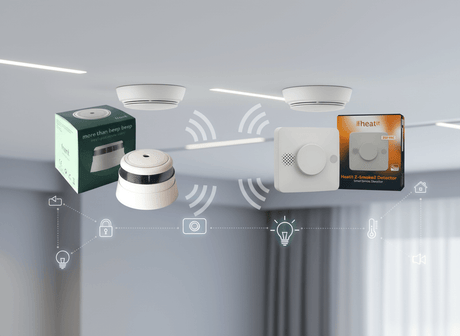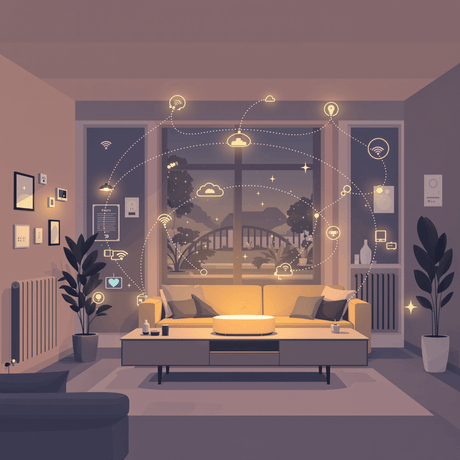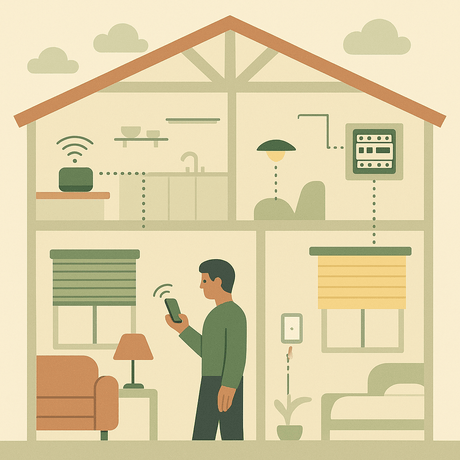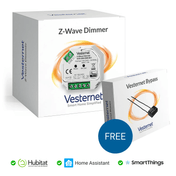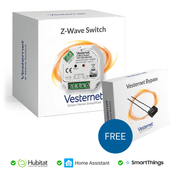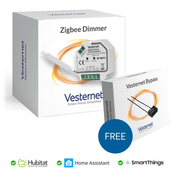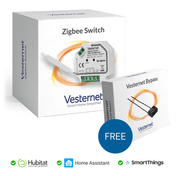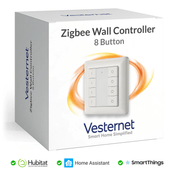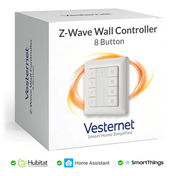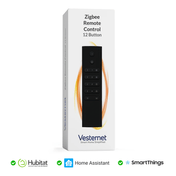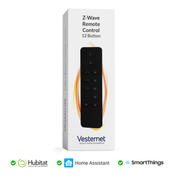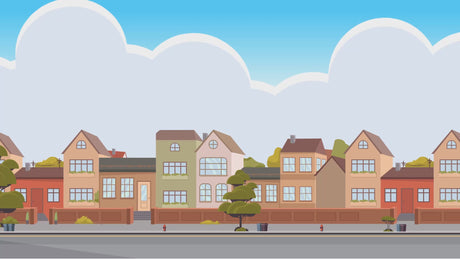Traditional lighting systems lock homeowners into inflexible, energy-inefficient arrangements that waste electricity and offer little control over ambiance or functionality. As energy costs continue to rise across the UK and environmental consciousness grows, homeowners are increasingly seeking solutions that provide both greater control over their lighting environment and significant reductions in energy consumption.
Smart lighting systems represent the evolution of home illumination, transforming ordinary spaces into intelligent environments through automated control, energy optimisation, enhanced security features, and personalised ambiance settings. These intelligent lighting solutions can reduce electricity bills by up to 60% whilst providing unprecedented convenience and customisation options that adapt to your daily routines and preferences.
This comprehensive guide explores smart lighting fundamentals, LED technology advantages, control systems, wireless protocols, installation planning, and energy optimisation strategies. You'll discover how to create the perfect intelligent lighting ecosystem that enhances your home's functionality, security, and aesthetic appeal whilst delivering substantial long-term savings on your energy bills.
Understanding Smart Lighting Fundamentals
Smart lights revolutionise home illumination by incorporating wireless connectivity, programmable controls, and intelligent automation features that traditional lighting systems simply cannot match. Unlike conventional switches that offer only basic on/off functionality, smart lighting systems provide comprehensive control over brightness, colour temperature, timing, and integration with other home automation devices.
Core components of intelligent lighting systems:
- LED smart lights with built-in wireless communication capabilities
- Control devices such as smart switches, dimmers, and wall controllers
- Central hub or gateway for system coordination and connectivity
- Mobile applications and voice control interfaces for remote operation
The foundation of any effective smart lighting system rests on LED technology, which provides the energy efficiency, longevity, and controllability that makes intelligent automation both practical and cost-effective. LED smart lights consume up to 80% less energy than traditional incandescent bulbs whilst lasting 25 times longer, creating the perfect platform for sophisticated lighting control and automation features.
LED Technology and Smart Light Benefits
LED smart lights represent the pinnacle of energy-efficient illumination technology, combining advanced semiconductor engineering with wireless connectivity to deliver unprecedented control and efficiency. These intelligent lighting solutions consume minimal power whilst providing instant responsiveness to control commands, making them ideal for automated scheduling and dynamic scene creation.
The energy efficiency advantages of LED technology extend far beyond simple power consumption reduction. LED smart lights generate minimal heat, reducing cooling costs during summer months, and their solid-state construction ensures reliable operation in various environmental conditions without the fragility associated with traditional bulbs.

Key advantages of LED smart lighting technology:
- Exceptional energy efficiency with up to 80% reduction in power consumption
- Extended lifespan of 15-25 years under typical usage conditions
- Instant dimming capabilities without flickering or warm-up delays
- Wide colour temperature range from warm amber to cool daylight
Smart Lighting Control Systems and Devices
Modern smart lighting control systems offer multiple interaction methods that cater to different preferences and usage scenarios, from traditional wall switches enhanced with intelligence to sophisticated multi-zone controllers that manage entire home lighting schemes. These control devices serve as the interface between homeowners and their intelligent lighting network, providing both manual override capabilities and automated operation.
Primary smart lighting control options:
- Smart switches that replace traditional wall switches with wireless connectivity
- Intelligent dimmers offering precise brightness control and scene programming
- Multi-button wall controllers for managing multiple lighting zones simultaneously
- Portable remote controls for convenient lighting adjustment from anywhere
Advanced wall controllers represent the sophisticated end of lighting control technology, featuring customisable button configurations that can control individual lights, groups of fixtures, or entire lighting scenes with single button presses. These devices integrate seamlessly with broader home automation systems, enabling coordinated control of lighting alongside other smart home functions such as heating, security, and entertainment systems.
Wireless Communication Protocols: Z-Wave vs Zigbee
The wireless communication protocol that powers your smart lighting system fundamentally determines its reliability, range, and compatibility with other smart home devices. Z-Wave and Zigbee represent the two dominant wireless technologies in residential automation, each offering distinct advantages for different installation scenarios and user requirements.
Z-Wave operates on sub-gigahertz frequencies, providing excellent range and reliability with minimal interference from common household devices such as Wi-Fi routers and microwave ovens. This protocol creates robust mesh networks where each device acts as a signal repeater, extending system coverage throughout even large properties whilst maintaining consistent communication reliability.

Z-Wave advantages for smart lighting:
- Superior range coverage with minimal signal interference
- Guaranteed device interoperability through strict certification standards
- Self-healing mesh network that automatically optimises signal routing
Zigbee benefits and considerations:
- Lower power consumption extending battery life in portable devices
- Higher device density support for complex installation scenarios
- Faster data transmission suitable for responsive lighting control
Planning Your Smart Lighting Installation
Successful smart lighting system implementation requires systematic planning that considers room-by-room requirements, electrical compatibility, device selection, and phased installation approaches. This methodical planning process ensures optimal system performance whilst avoiding costly mistakes and compatibility issues that could compromise the entire installation.
Begin your planning process with a comprehensive lighting audit that documents existing fixtures, switch locations, circuit loads, and usage patterns throughout your home. This foundation information enables informed decisions about device selection, installation priorities, and budget allocation for maximum impact and value.
Essential planning considerations:
- Electrical load calculations to ensure compatibility with existing circuits
- Room prioritisation based on usage frequency and energy consumption
- Device compatibility verification with existing fixtures and switches
- Network coverage planning to ensure reliable wireless communication

Phased installation approach:
- Phase one: High-traffic areas such as living rooms and kitchens
- Phase two: Bedrooms and secondary living spaces
- Phase three: Utility areas, bathrooms, and outdoor lighting
Energy Optimisation and Automated Scheduling
Energy optimisation through intelligent automation represents the primary financial benefit of smart lighting system investment, delivering substantial electricity cost reductions through sophisticated scheduling, occupancy detection, and daylight harvesting technologies. These automated features eliminate energy waste by ensuring lights operate only when needed and at optimal brightness levels.
Automated scheduling capabilities enable precise control over lighting operation times, automatically adjusting brightness levels throughout the day to match natural circadian rhythms whilst maximising energy efficiency. Advanced occupancy sensors detect movement and ambient light conditions, triggering appropriate lighting responses that provide necessary illumination without unnecessary energy consumption.

Key energy optimisation strategies:
- Occupancy-based automation that turns lights on only when rooms are occupied
- Daylight harvesting that adjusts artificial lighting based on natural light levels
- Circadian rhythm programming that optimises light colour temperature throughout the day
- Vacation modes that simulate normal occupancy patterns for security purposes
Advanced optimisation techniques:
- Load balancing across circuits to maximise efficiency and bulb longevity
- Integration with time-of-use electricity tariffs for cost optimisation
- Seasonal adjustment programming that accounts for changing daylight hours
Advanced Features and Integration Options
Modern smart lighting systems extend far beyond basic on/off control, incorporating sophisticated features such as voice control integration, smartphone connectivity, scene programming, and security automation that transform lighting into a comprehensive home management tool. These advanced capabilities enable seamless integration with broader smart home ecosystems, creating coordinated automation that enhances both convenience and security.
Voice control and smartphone integration:
- Amazon Alexa and Google Assistant compatibility for hands-free operation
- Smartphone apps providing remote control and monitoring capabilities
- Geofencing technology that adjusts lighting based on your location
Scene programming represents one of the most practical advanced features, allowing homeowners to create custom lighting configurations that instantly transform spaces for different activities such as dining, entertainment, or relaxation. These programmable scenes can incorporate multiple rooms and coordinate with other smart home systems such as audio equipment and window treatments for comprehensive ambiance control.
Security and entertainment integration options:
- Security lighting automation that responds to motion detection and alarm systems
- Entertainment synchronisation that coordinates lighting with music and video content
- Sunrise/sunset simulation that gradually adjusts lighting for natural wake-up experiences
Troubleshooting and Best Practices
Even the most carefully planned smart lighting system installations may encounter connectivity issues, device pairing challenges, or performance inconsistencies that require systematic troubleshooting approaches. Understanding common problems and their solutions ensures optimal system performance and helps maintain the reliability that makes smart home automation truly beneficial.
Network connectivity represents the most frequent challenge in smart lighting installations, often stemming from insufficient mesh network density, interference sources, or improper device configuration. Systematic network analysis and strategic device placement typically resolve these issues whilst improving overall system responsiveness.
Common troubleshooting solutions:
- Network mesh optimisation through strategic repeater device placement
- Interference source identification and mitigation strategies
- Device firmware updates to ensure compatibility and feature access
- Factory reset and re-pairing procedures for problematic devices
Best practices for optimal performance:
- Regular system backups to protect configuration settings and scene programming
- Scheduled maintenance checks to identify and resolve issues proactively
- Gradual system expansion to maintain network stability and performance
Conclusion
Smart lighting systems transform homes through intelligent automation that delivers substantial energy efficiency improvements, unprecedented convenience, and enhanced ambiance control whilst providing long-term cost savings that justify the initial investment. The combination of LED technology, sophisticated control systems, and wireless connectivity creates lighting solutions that adapt to your lifestyle, reduce environmental impact, and increase property value through modern, sustainable features.
Begin your smart lighting journey by conducting a comprehensive lighting audit of your current setup, identifying high-usage areas that offer the greatest potential for energy savings and convenience improvements. Start with key living spaces such as kitchens and living rooms, then gradually expand your system to create a comprehensive intelligent lighting network that serves your family's specific needs and preferences.
Ready to illuminate your smart home journey?
Explore Vesternet's comprehensive collection of smart dimmers, intelligent switches, advanced wall controller dimmers, and Zigbee communication devices designed to create the perfect smart lighting system for your home. Our expert technical support team stands ready to help you design and implement an intelligent lighting solution that maximises energy efficiency, convenience, and long-term value for your specific requirements and budget.



